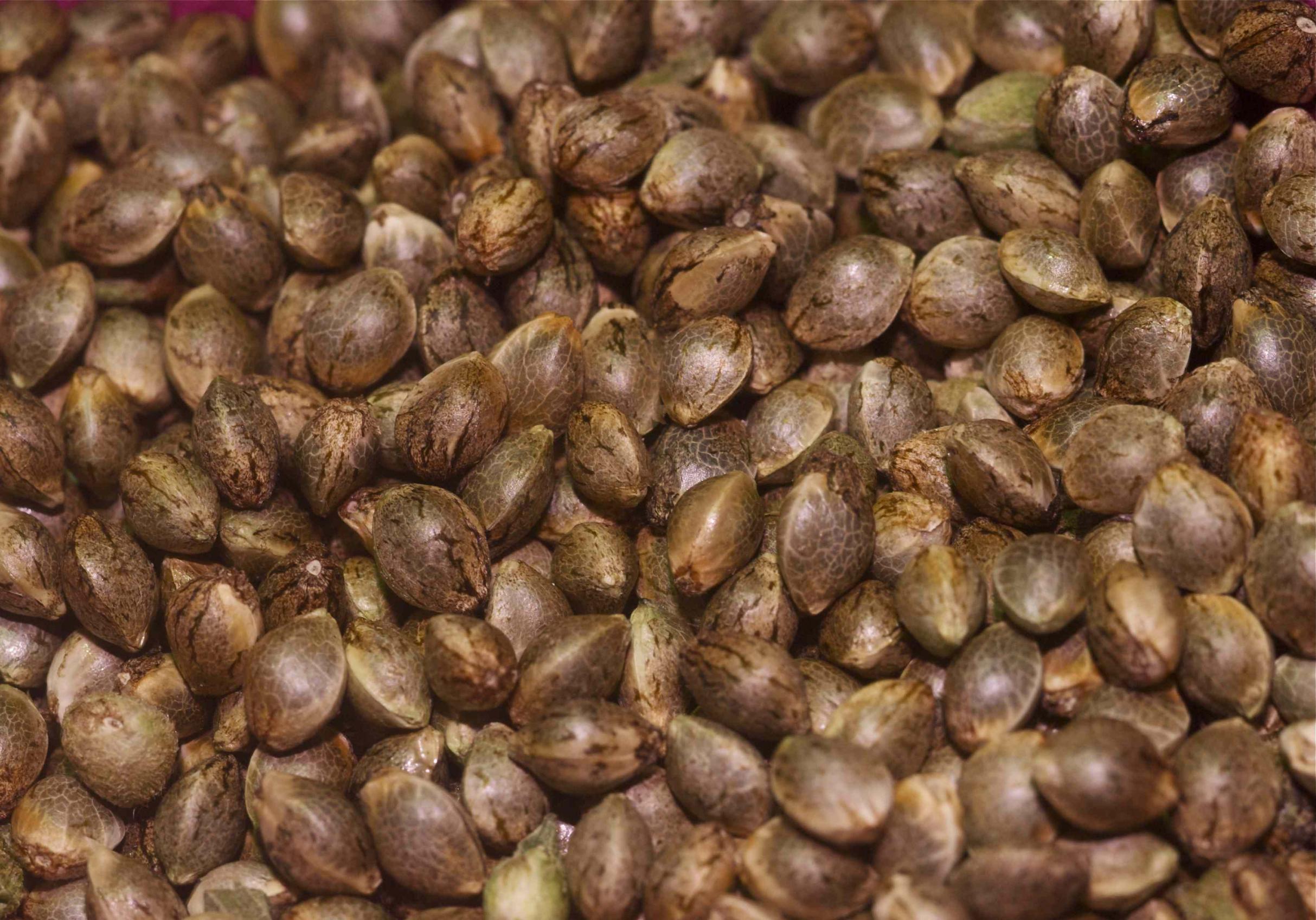Canada’s hashish business has found exponential development considering the fact that the legalization of leisure cannabis in 2018. With see this , there has been amplified desire in preserving the genetic variety of cannabis strains, particularly as a result of the conservation of cannabis seeds. In this posting, we delve into the value of cannabis seed preservation efforts in Canada and check out the initiatives aimed at safeguarding the country’s wealthy cannabis heritage.
The Significance of Seed Preservation:
Hashish seeds provide as the fundamental constructing blocks of the full cannabis industry. Every seed incorporates a one of a kind genetic code that establishes the plant’s characteristics, these types of as flavor, potency, and advancement characteristics. More than hundreds of years of cultivation, hashish breeders have designed an intensive array of strains with distinctive qualities, just about every prized for its one of a kind attributes.
Even so, the immediate growth of business hashish cultivation poses a menace to this genetic diversity. As substantial-scale functions aim on significant-generate, commercially practical strains, a lot of conventional and heirloom types possibility getting dropped or diluted. This loss of genetic range not only diminishes the cultural heritage related with cannabis but also limits long term breeding alternatives and the resilience of cannabis crops versus pests, health conditions, and environmental stressors.
Seed preservation initiatives are vital for maintaining and guarding the genetic range of hashish strains. By conserving seeds from varied cultivars, scientists, breeders, and growers can guarantee the longevity of uncommon and useful genetics, preserving them for foreseeable future generations and enabling ongoing innovation and experimentation within the field.
Initiatives in Canada:
Canada has been at the forefront of hashish legalization and regulation, and it is also getting proactive measures to protect its hashish genetic heritage. Many organizations and initiatives across the country are committed to seed conservation and genetic preservation.
The Canadian Seed Lender: One particular of the revolutionary attempts in hashish seed preservation is the institution of the Canadian Seed Lender. This establishment serves as a repository for a broad selection of hashish seeds, collecting, storing, and cataloging seeds from many sources, which includes certified producers, breeders, and lovers. The seed bank’s mission is to conserve genetic variety, market study, and facilitate the exchange of seeds between authorized functions.
Govt Study Applications: Governing administration-funded investigation plans are also contributing to cannabis seed preservation efforts. Establishments these types of as Agriculture and Agri-Food Canada (AAFC) and the Nationwide Analysis Council (NRC) are conducting research on hashish genetics and breeding strategies, with a emphasis on conserving important genetic assets. These plans not only help the progress of new cultivars but also prioritize the preservation of indigenous and heritage strains.
Local community Initiatives: In addition to institutional endeavours, grassroots initiatives engage in a very important role in seed preservation. Community-dependent seed swaps, breeding tasks, and educational workshops foster collaboration among growers and enthusiasts, advertising the sharing and conservation of unusual and heirloom hashish versions. These initiatives not only protect genetic diversity but also rejoice the cultural significance of cannabis inside Canadian communities.
Issues and Long run Instructions:
While significant strides have been made in hashish seed preservation, many troubles keep on being. Authorized and regulatory boundaries, these types of as limitations on seed sharing and exchange, can hinder conservation initiatives. Furthermore, the absence of standardized protocols for seed storage and viability tests poses logistical challenges for seed banking institutions and exploration establishments.
Seeking in advance, it is necessary to prioritize collaboration and coordination among the stakeholders to prevail over these issues. Creating distinct recommendations for seed selection, storage, and distribution, as well as supporting study on seed viability and conservation methods, will be critical for the prolonged-phrase accomplishment of seed preservation attempts.
Also, raising consciousness about the significance of genetic variety and the job of seed preservation in sustainable agriculture can garner broader assist for conservation initiatives. By partaking with policymakers, marketplace stakeholders, and the community, Canada can continue on to guide the way in preserving its hashish heritage for generations to arrive.
Conclusion:
Hashish seed preservation is not simply about safeguarding genetic content it is about preserving tradition, custom, and biodiversity. In Canada, endeavours to conserve cannabis seeds are gaining momentum, driven by a shared dedication to shielding the country’s rich cannabis heritage.
By investing in seed preservation initiatives, Canada can guarantee that future generations have accessibility to a various and resilient hashish gene pool, supporting innovation, sustainability, and cultural continuity within the hashish marketplace. By means of collaboration, innovation, and local community engagement, Canada can lead by case in point in demonstrating the relevance of seed preservation for the foreseeable future of cannabis cultivation

